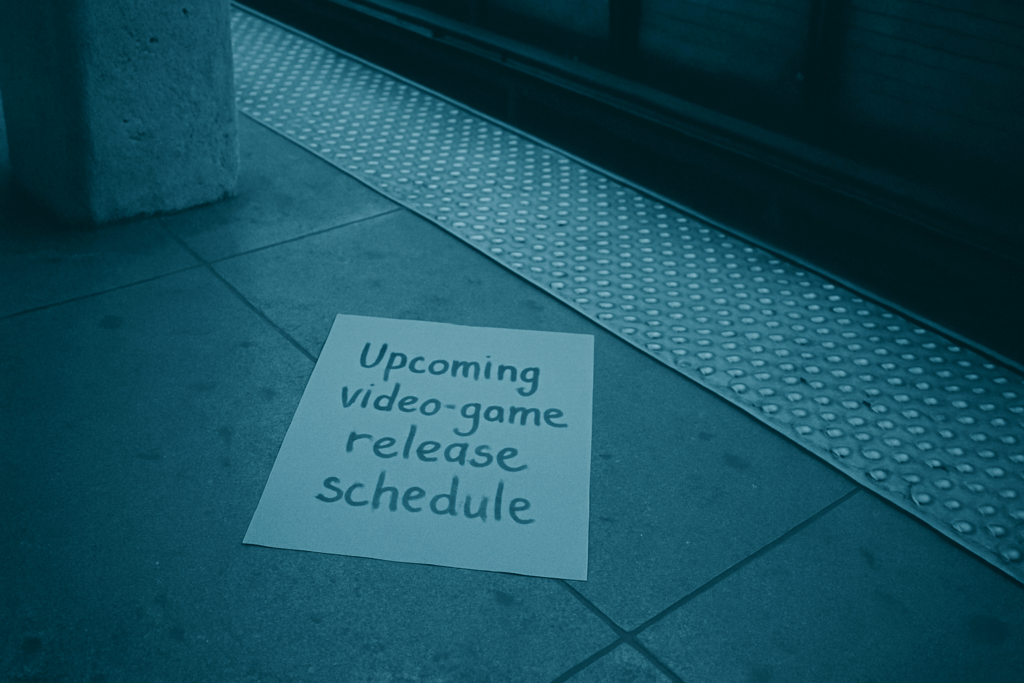What is doayods
Let’s start with the question: what is doayods? On the surface, it looks like an acronym or a jumble of letters that spell something meaningful to a very specific set of people. Truth is, this term has floated around with minimal formal definition. It’s often aligned with projects, systems, or indevelopment platforms within digital communities—particularly where early concepts or agile workflows are the norm.
More specifically, “doayods” has been associated with internal planning tools, content tracking systems, or lightweight productivity philosophies. Think: DIY project management that’s stripped of jargon and loaded with function. It’s not in the dictionary. It’s communitybuilt. That’s key.
Origin Stories (Still Evolving)
Nobody pinned down the first use of “doayods.” Some believe it sprouted in early coding forums. Others saw variations in productivitycentered subreddits or opensource workspaces. It’s not mainstream, but it’s not fringe either. It lives in that grey area where developers and indie creators tend to generate their best hacks—quiet, efficient, and not waiting for corporate adoption.
Its lack of capitalization also suggests informality. The lowercase ‘doayods’ feels like a nod to modern naming trends—minimalist, accessible, and specifically not polished. Think lowercase branding like “linux” or “spotify” in the early days. It tells you: this isn’t trying too hard. That’s by design.
How It’s Used
Those who’ve adopted doayods usually treat it as a customizable framework more than a fixed product. You’ll see it used in shared Notion pages, GitHub repos, niche team workflows, and sometimes even as shorthand for a process others would take six pages to explain.
Here’s how it might break down: D – Define O – Organize A – Act Y – Yield O – Optimize D – Document S – Structure
That’s a working theory, not doctrine. Because doayods is shaped by its users, its meanings vary slightly depending on the context. Some teams skip ‘Y’ altogether. Some love ‘Optimize’ so much they bring it twice. And that’s the point—it moves. There’s no official manual. You make it yours, or you don’t touch it.
Practical Application
Let’s put it in motion. Say you’re building an app. You’ve got five people, limited budget, lots of moving parts. Traditional project management feels bloated, and Trello cards just stack up with no bite. Enter doayods.
You start the week defining goals (D), organizing pain points (O), assigning action items (A), and reviewing results on Friday to yield insights (Y). Over the weekend, you optimize what worked (O again), document the wins and mishaps (D), and on Monday you reset with a structured approach (S). It’s lean, clear, and avoids status meetings that go nowhere.
It’s also replicable. Want to apply it to writing, coding, event planning, or market validation? You can. The logic is modular. That’s what’s attracted creators and small operators to it in the first place.
Why It Matters
The appeal of doayods is simple: lowfriction structure. In a landscape dominated by overly designed software and management theory that often fails in practice, doayods pushes a counter message—work smart, keep it simple, improve as you go.
It also scales down. You don’t need onboarding or hours of training. You can introduce it in one conversation, test it for a week, drop what doesn’t stick, and still get more done than with a bloated SaaS subscription. And when everyone’s using their own version of it? That’s not a bug—it’s part of the system.
Common Misunderstandings
Because of its flexible use, “doayods” often gets misread. Some think it’s just an acronym. Others confuse it with a digital tool or think it’s tied to a specific software. It’s neither and both. “doayods” is more about a way of working—one you shape based on your needs.
Also, don’t assume it’s just for tech teams. Freelancers, educators, and small marketers have adopted elements of doayods for everything from syllabus planning to content rollouts. Again, it’s wide open.
Future of doayods
Could doayods grow into a codified methodology? Maybe. As more people ask what is doayods, more practical versions and polished frameworks might emerge. Like many grassroots ideas, if it works, people will build around it. Someone might write a book. Others will build templates. A few might try to claim ownership. Whether that’s a good or bad thing depends on who’s shaping it.
Right now, its strength is in its looseness. It gives people a framework to act, without telling them how to breathe. That’s rare.
Final Word
You don’t need a license to try doayods. You don’t need an invite. Just start by asking, what is doayods, explore how its framework might serve your goals, and shape your own take. Use what works. Drop what doesn’t. This isn’t about selling you a system—it’s about offering a tool you can mold.
Keep it simple. Make it useful. And always document what you learn.


 Founder & CEO
Ozirian Drovayne is an innovative entrepreneur and founder, recognized for creating forward-thinking solutions and building impactful ventures. With a strong vision for growth and sustainability, Ozirian has guided organizations from concept to execution, emphasizing strategic planning, leadership, and innovation. Known for a combination of creativity and analytical thinking, Ozirian fosters collaborative environments that inspire teams to achieve ambitious goals. His work consistently focuses on long-term impact, operational excellence, and meaningful contributions to the community.
Founder & CEO
Ozirian Drovayne is an innovative entrepreneur and founder, recognized for creating forward-thinking solutions and building impactful ventures. With a strong vision for growth and sustainability, Ozirian has guided organizations from concept to execution, emphasizing strategic planning, leadership, and innovation. Known for a combination of creativity and analytical thinking, Ozirian fosters collaborative environments that inspire teams to achieve ambitious goals. His work consistently focuses on long-term impact, operational excellence, and meaningful contributions to the community.
